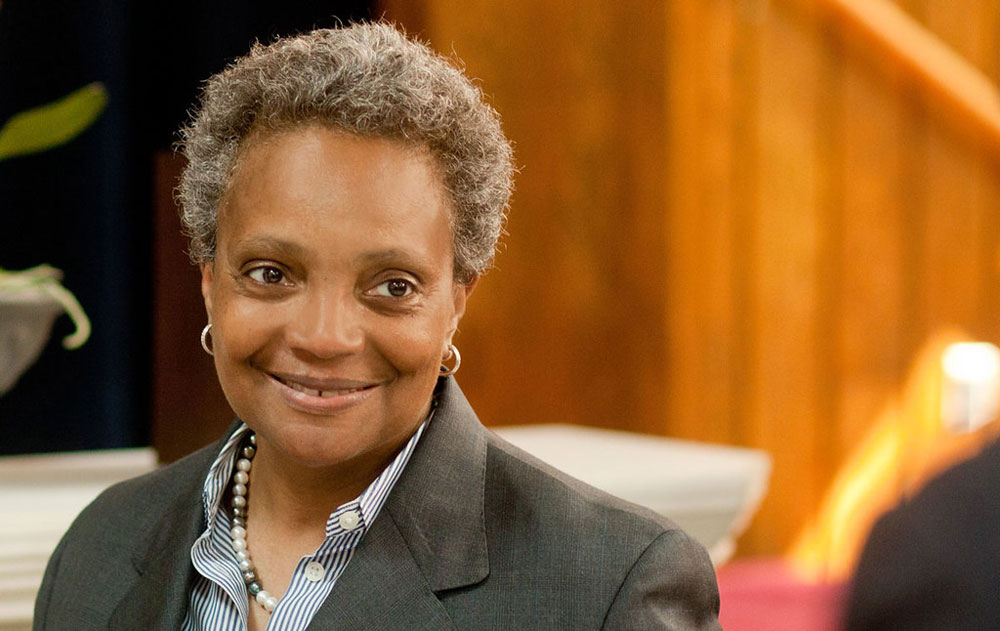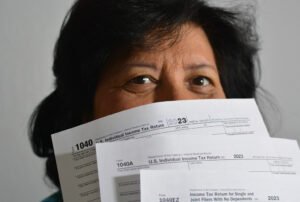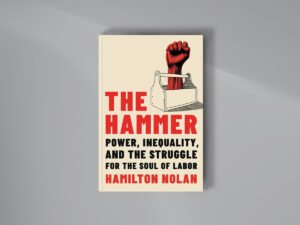
February 20, 2020; Chicago Tribune
In a press release announcing the beginning of a new comprehensive effort to eliminate poverty throughout the city, Chicago Mayor Lori Lightfoot recognized that real change will require owning up to past systemic disinvestments in the people of the Windy City.
The roots of poverty and hardship run deep in our city, entrenching residents in seemingly inescapable cycles of joblessness and disinvestment and, ultimately, despair and a lack of dignity. People living in poverty don’t need us to tell them this…they need us to own up to how we got here, face head-on and with a clear heart the forces that are undermining our families our schools, our communities—and act.
Speaking to a daylong “Solutions Toward Ending Poverty (STEP)” summit that Mayor Lightfoot hosted last week to kick off this new effort, Teresa Córdova, director of the Great Cities Institute at the University of Illinois at Chicago and chairperson of the Chicago Plan Commission, placed the lives of the 500,000 Chicagoans living below the poverty line in context.
Chicago’s kind of the classic Rust Belt story. We started losing manufacturing jobs in the 1970s, it stepped up in the ’80s, and we’re still recovering. We’re still in this period of restructuring. This is an opportunity to restructure in a way that’s more inclusive. We really need to keep that in mind, that this is an opportunity.
“As we experienced the decline in jobs and as we reconfigure the economy,” Córdova says, “we have to do more to incorporate people into this new economy. It’s taken us a while to wake up to that.”
Sign up for our free newsletters
Subscribe to NPQ's newsletters to have our top stories delivered directly to your inbox.
By signing up, you agree to our privacy policy and terms of use, and to receive messages from NPQ and our partners.
Redlining kept poor communities of color from homeownership’s benefits. Public housing was built primarily in already disadvantaged areas. Public transportation served to disconnect people and wall them in, limiting access to work and their city’s cultural life. The impact of these policies strong long after they were abandoned.
The next move for Lightfoot’s initiative is to move from hearing the voices of experts to listening directly to those trapped in the city’s struggling neighborhoods. She wants her know “how poverty and economic hardship manifest in residents’ lives, identify promising approaches to address the symptoms of poverty, and then build a community-informed, roadmap that will give every resident a path towards upward economic mobility.”
With this approach, Lightfoot is testing whether there is a way to improve the lives of those at the bottom of the economic ladder without directly confronting the wealthy and the powerful. In this, it’s more like the reform efforts of the past than the more confrontational approaches of Senators Sanders and Warren. From her perspective, the answer to poverty won’t be found in policies that redistribute wealth, even if failed and discriminatory policy and behaviors led to the current situation.
According to the Chicago Sun-Times, Lightfoot takes a self-sufficiency stance: “I am about teaching people how to fish, so they can feed themselves for a lifetime. I want people to be able to stand on their own forever.”
Chicago’s efforts will focus on ending discriminatory policies and practices that remain as barriers and have a differential impact on people of color. The goal is to collaboratively create a set of pathways to economic security, increasing access to good jobs, affordable housing, quality schools, and safe neighborhoods. As a start, Chicago’s minimum wage will reach $15 an hour by 2021. Despite inheriting a city with a major budgetary deficit, the mayor also seeks to end the city’s fiscal reliance on fees and fines that fall most heavily those least able to bear them.
Chicago’s reality of communities embedded in enduring poverty is not unique. The newly launched effort will test whether significant and deep change can arise without the political rancor seen elsewhere. If Mayor Lightfoot’s effort is successful, it will be a model to be emulated. But the risk in following such a well-worn path is that it will lead where it often has—small changes that leave too many behind.—Martin Levine













